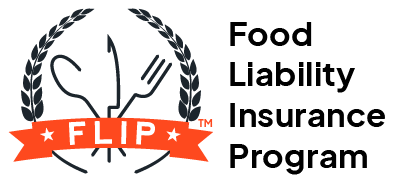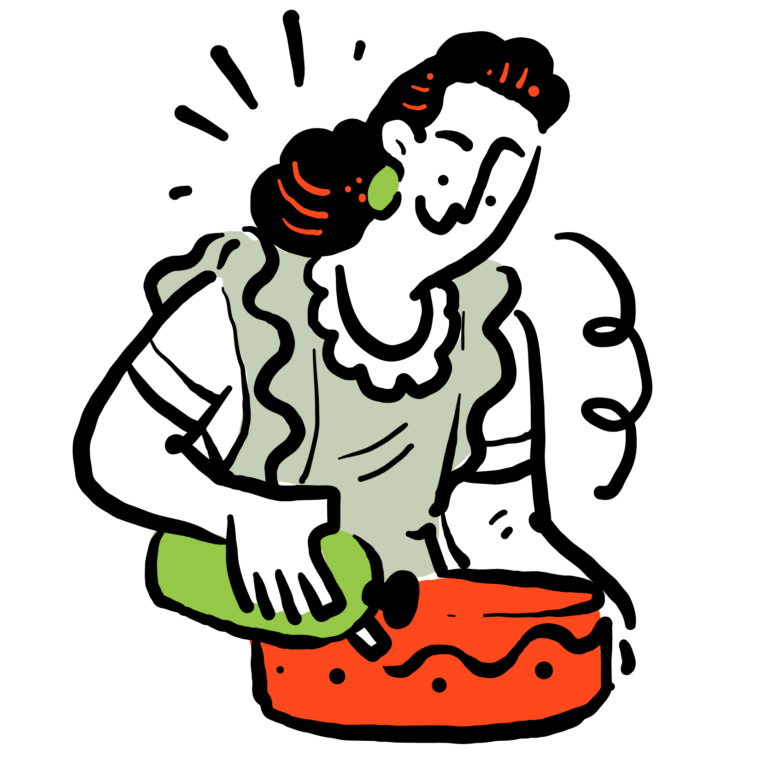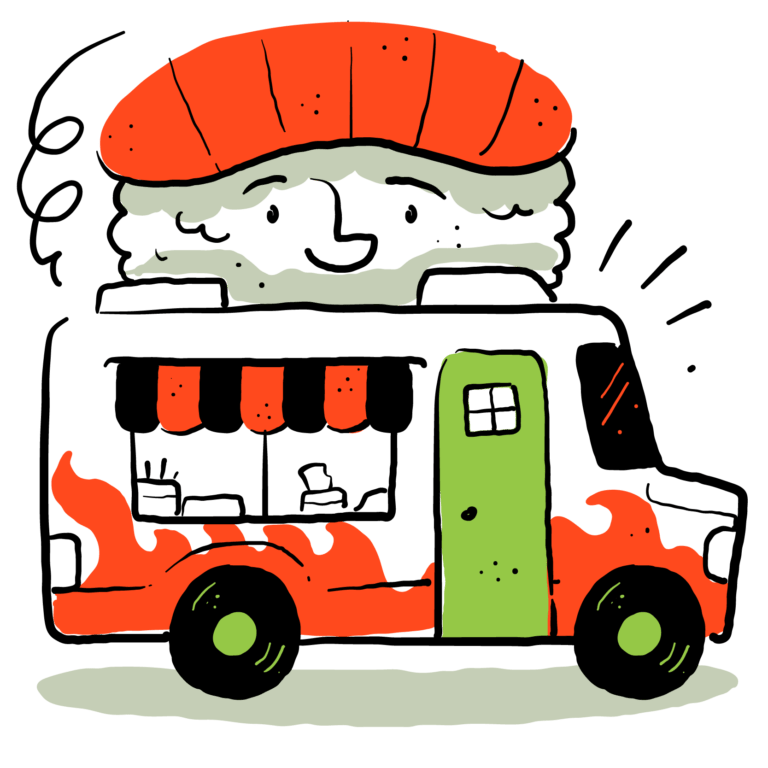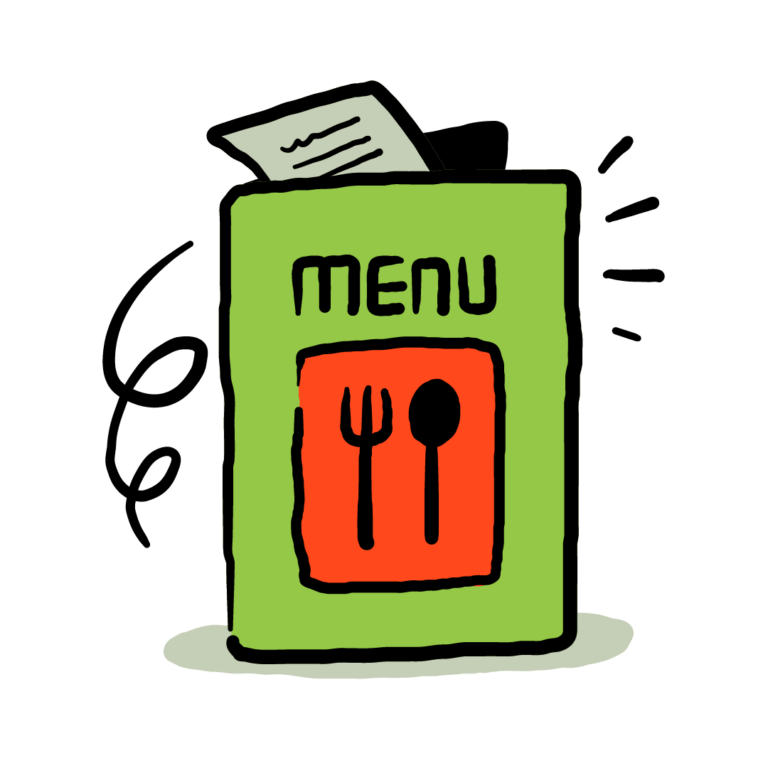Product Liability Insurance
Find out why small food businesses like yours need product liability insurance to safely serve customers and avoid expensive claims.
What Is Product Liability Insurance?
Product liability protects your business from bodily injury and property damage claims arising from the products you manufacture, sell, or distribute.
It’s also referred to as “Products-Completed Operations Insurance.”
For example, if a customer sues you because they claim they had a reaction to an unlabeled allergen in the food you served them, your product liability insurance could respond to this claim.
Who Needs Product Liability Insurance?
Any person or business manufacturing, importing, or distributing any kind of product needs product liability insurance.
Being in the food business, your food or beverage is your product. If someone gets injured or sick because of your food or beverage, you could be held liable to pay for medical expenses and other damages.
Product liability is included in FLIP policies for a variety of food businesses:
FLIP’s insurance is also available to other small food businesses. See our full list of covered industries.
How Does Product Liability Insurance Work?
If someone gets injured or sick because of your food product and you are found legally liable, the product liability portion of your policy would respond to the claim. This would include defense costs and any judgments awarded.
What Information Will I Need About My Business to Get a Quote?
The application is a simple process. Here’s what we’ll need from you:
- Business name
- Owner name and contact information
- Address
- Business description
- Gross annual sales
- Coverages requested
How Long Does It Take to Get Insured?
Not long at all! Most people can complete and purchase a FLIP policy in less than 10 minutes.
What Are Common Product Liability Claims?
Common product liability claims for food business owners include:
- Chipped teeth
- Allergic reactions
- Salmonella/food poisoning
- Substance contamination
What Does Product Liability Insurance Cover?
Food product liability insurance provides coverage for bodily injury and property damage claims arising from the food and beverage products you distribute, manufacture, or sell.
Learn more about what is and isn’t covered under product liability insurance.
What Does Product Liability Insurance Not Cover?
Product liability insurance for food businesses excludes any bodily injury or property damage claims not caused by your product.
For example, a slip-and-fall incident is more of a premises liability claim and would not be covered by your product liability insurance. Instead, it would be covered by your general liability limit.
All general and product liability insurance has specific limitations, conditions, and exclusions. Always refer to your policy for exact coverages.
How Much Does Product Liability Insurance Cost?
Product liability coverage is included within FLIP’s general liability policy, which starts at just $25.92/month. So, there’s no additional cost to you!
Why FLIP for Product Liability Insurance?
We understand that your food or beverage product exposes you and your business to expensive claims. That’s why we make it easy and affordable to protect your business from general and product liability claims.
We also know that every business is unique, so we offer a wide range of insurance coverage types you can add to your policy for an additional cost, such as inland marine and cyber liability.
Learn more about product liability insurance and why it’s important for food and beverage businesses.
Read FLIP Customer Testimonials
Here's what other people have to say about their experience from over 350+ available reviews.
Coverage Details Limits
General Liability Aggregate Limit
$2,000,000
Products – Completed Operations Aggregate Limit
$2,000,000
Personal and Advertising Injury Limit
$1,000,000
General Each Occurrence Limit
$1,000,000
Damage to Premises Rented to You Limit (Any One Premises)
$300,000
Liability Deductible
NO DEDUCTIBLE
Inland Marine Limit (Any One Article / Aggregate)
$5,000/$10,000
Inland Marine Limit (Per Occurrence) – Deductible
$250
Medical Expense Limit
$5,000

Written by: Chris Van Leeuwen
Chris Van Leeuwen is the VP of Agency Development for Food Liability Insurance Program (FLIP). He has held the prestigious Certified Insurance Counselor (CIC) designation since 1996.
Because he strongly believes in the importance of helping business owners understand their insurance coverage, Chris uses his wealth of experience to offer insights to food and beverage professionals across the country who are looking to navigate business liability insurance

Reviewed by: Kyle Jude
Kyle Jude is the Program Manager for Food Liability Insurance Program (FLIP). As a dedicated program manager with 10+ years of experience in the insurance industry, Kyle offers insight into different coverages for food and beverage business professionals who are looking to navigate business liability insurance.




